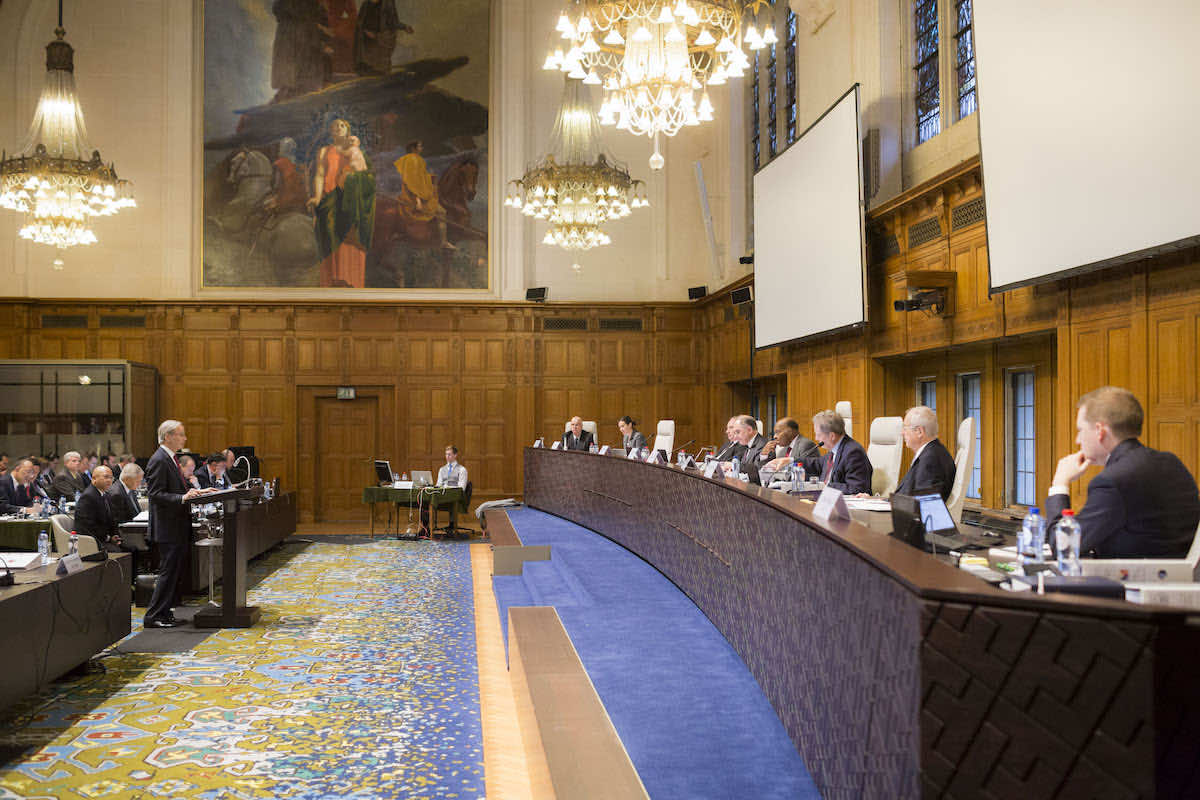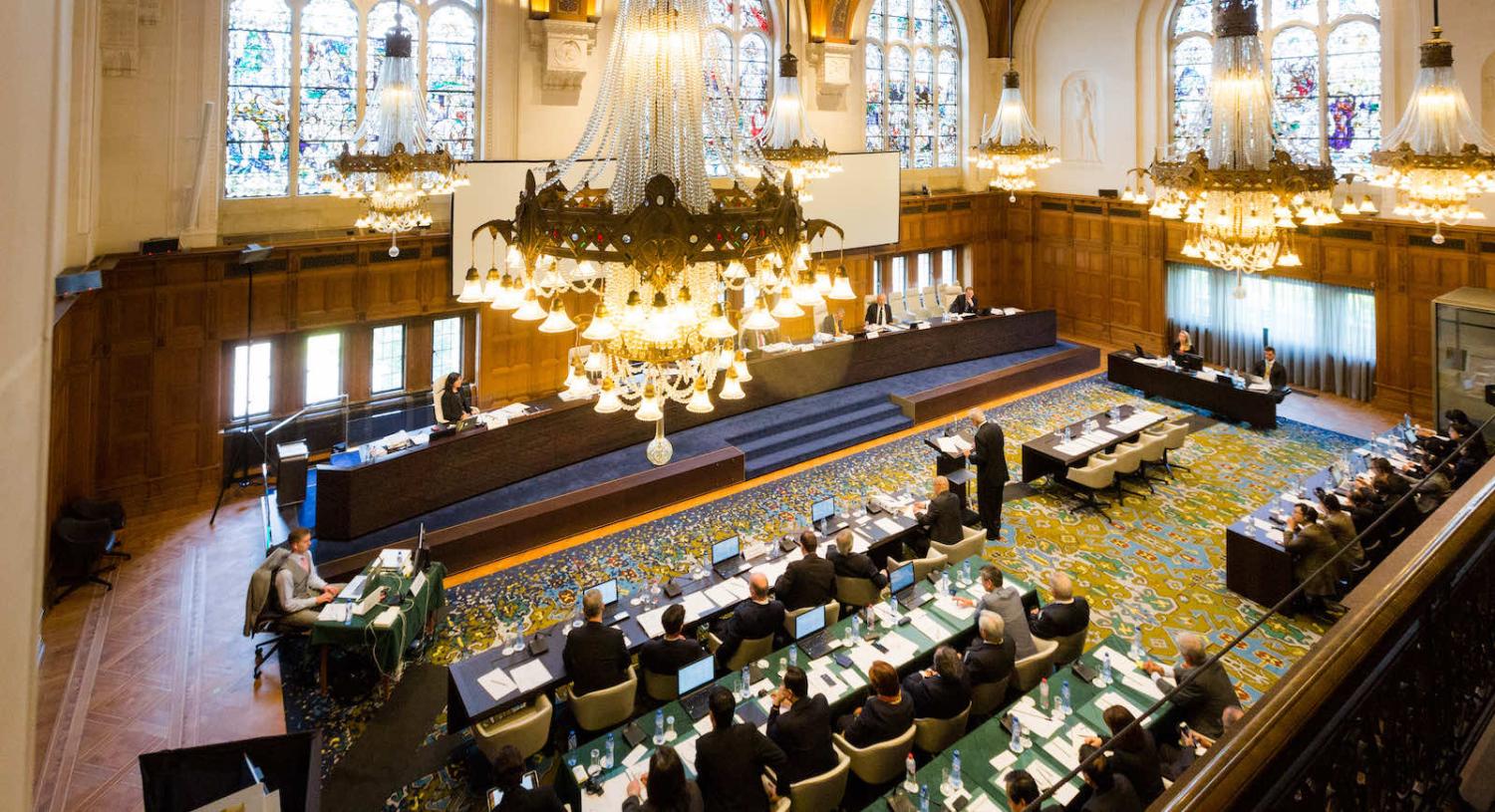The term “lawfare”, and its etymology in the term warfare, has traditionally been perceived as negative, based on the notion that it meant the misuse of law or legal institutions to achieve a military or operational objective. Law as a “weapon of war” inevitably conjured up images of the law being deliberately exploited to achieve certain strategic objectives against an adversary.
However, not all uses of the law and/or legal institutions to achieve certain objectives are necessarily harmful, and indeed “lawfare” can play a useful role in contentious state disputes.
In the context of the South China Sea, claimants and extra-regional actors have undoubtedly used various legal mechanisms and fora to pursue different objectives. This includes the extended continental shelf submissions by Malaysia and Vietnam to the Commission on the Limits of the Continental Shelf (CLCS) in 2009 and 2019 (and accompanying diplomatic notes from various states) and the 2016 Annex VII arbitral proceedings initiated by the Philippines against China, legal actions grounded in the 1982 UN Convention on the Law of the Sea (UNCLOS).
Some commentators have questioned the value of these steps given that the CLCS is unable to consider Malaysia and Vietnam’s submissions due to the objections of China and the Philippines, and the fact that China has rejected the 2016 Award as null and void. Others have asked whether the utilisation of “lawfare” has further exacerbated the disputes in the South China Sea. While an extensive cost-benefit analysis of these actions would take more space, several brief points warrant note.
Without knowing the scope of the dispute, how can one hope to resolve it?
First, the CLCS process and the 2016 arbitral proceedings have served as an important means of communication of claims which have consequently led to a certain degree of clarification of maritime claims in the South China Sea.
Prior to 2009, there were several legal uncertainties including the nature and status of Spratly Islands features and the precise ambit of the maritime claims generated from these features. None of the claimants had explicitly claimed an exclusive economic zone (EEZ) and continental shelf from the Spratly Island features and China’s claim was said to be “deliberately” ambiguous. After the CLCS submissions in 2009, it was clear that Malaysia and Vietnam did not claim an EEZ and continental shelf from the Spratly Island features. China’s response to the CLCS submissions was also illuminating as it was the first time that China had articulated its claims in an international forum.
Equally as important was the process of the arbitral proceedings. The Philippines prepared voluminous submissions to substantiate its case, including data and expert reports on the features in the Spratly Islands. China did not participate but prepared a position paper where it articulated its position using legal arguments to justify its stance. The preparation of a legal case forces a more thorough examination of the issues, all of which allows parties to have a better understanding of the respective merits of each other’s position.
The interaction with these legal mechanisms has inevitably compelled the claimants to examine its legal position in the South China Sea and communicate them. This has led to an incremental (albeit incomplete) clarification of maritime claims from the Spratly Islands and is an important step in dispute settlement – without knowing the scope of the dispute, how can one hope to resolve it?

Second, the 2016 arbitral award has shed light on important legal issues that were previously subject to uncertainty, including historic rights in the EEZ and Article 121 (3) definitions of a “rock” incapable of sustaining human habitation or an economic life of its own.
UNCLOS, negotiated over nine years, is a combination of both legal principle and political compromise. Certain provisions were imprecise because to endow them with more detail would scuttle the conclusion of a binding treaty. Other issues were not comprehensively addressed as it was not possible to deal with every issue pertaining to the law of the sea. Negotiators delegated to the various UNCLOS courts and tribunals the authority to interpret and resolve legal disputes on the interpretation or application of UNCLOS.
Accordingly, one of the more important functions of the 2016 arbitral award is that it sheds light on critical legal issues that have previously been uncertain. UNCLOS provides that arbitral awards are final and shall be complied with by the parties to the dispute even if one of the parties does not participate – China’s characterisation of the award as non-binding does not deprive the award of its effect under international law.
Moreover, the award is a subsidiary means of determination of the rules of international law and can be relied upon by states and other international courts and tribunals. While the extent to which the award will be relied upon by other actors is still evolving (there appears to be steadily increasing support for the award), the importance of the clarification of legal norms cannot be underestimated. For example, even though the United States withdrew from the merits proceedings after it lost the jurisdictional challenge in the Nicaragua v. United States case before the International Court of Justice (ICJ), the ICJ’s rulings on the use of force and the UN Charter have permeated our understanding of international law.
The use of “lawfare” in the South China Sea disputes has unsurprisingly prompted strong reactions from claimants, ranging from diplomatic notes to adoption of national legislation to displays of naval strength and other actions aimed at reinforcing their respective claims.
While these reactions will raise tensions and impact the status quo, this is part of the iterative process of claim and counter-claim in international law. Such actions will not be a panacea to resolving the multi-faceted South China Sea disputes but they can certainly nudge states along the journey towards a final resolution.
This article is a part of a series examining regional perspectives on maritime security. This project is led by La Trobe Asia, Kings College London and Griffith Asia Institute with the support of the UK High Commission in Canberra.

